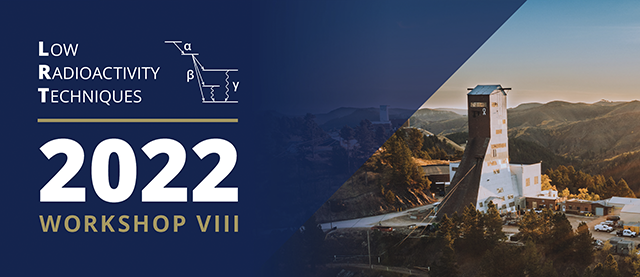Speaker
Description
Reducing radioactive backgrounds is key for the success of many rare-event searches such as neutrinoless double beta decay, dark matter, and nuclear astrophysics. For a given component used in a rare-event search, backgrounds may be due to intrinsic radiocontaminants within the material and radiocontaminants that are introduced during manufacturing. Advances in additive manufacturing techniques, such as 3D printing, provide attractive solutions for mitigating radiocontamination as well as enabling new geometries and multi-material compositions to be produced. These geometries would otherwise be near impossible to cleanly produce using conventional techniques. These advances apply not only to inactive materials but also active ones such as scintillators, which provide a powerful discrimination tool in rejecting internal and external background. In this talk, I will provide an overview of 3D printing techniques which may find future applications in rare-event searches. In addition, an overview of current R&D status of light-based 3D printing of low-background and scintillating materials will be discussed.

